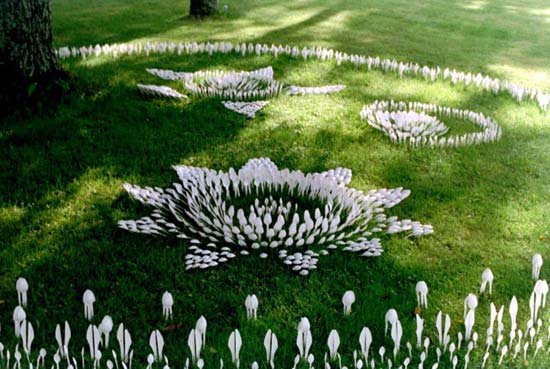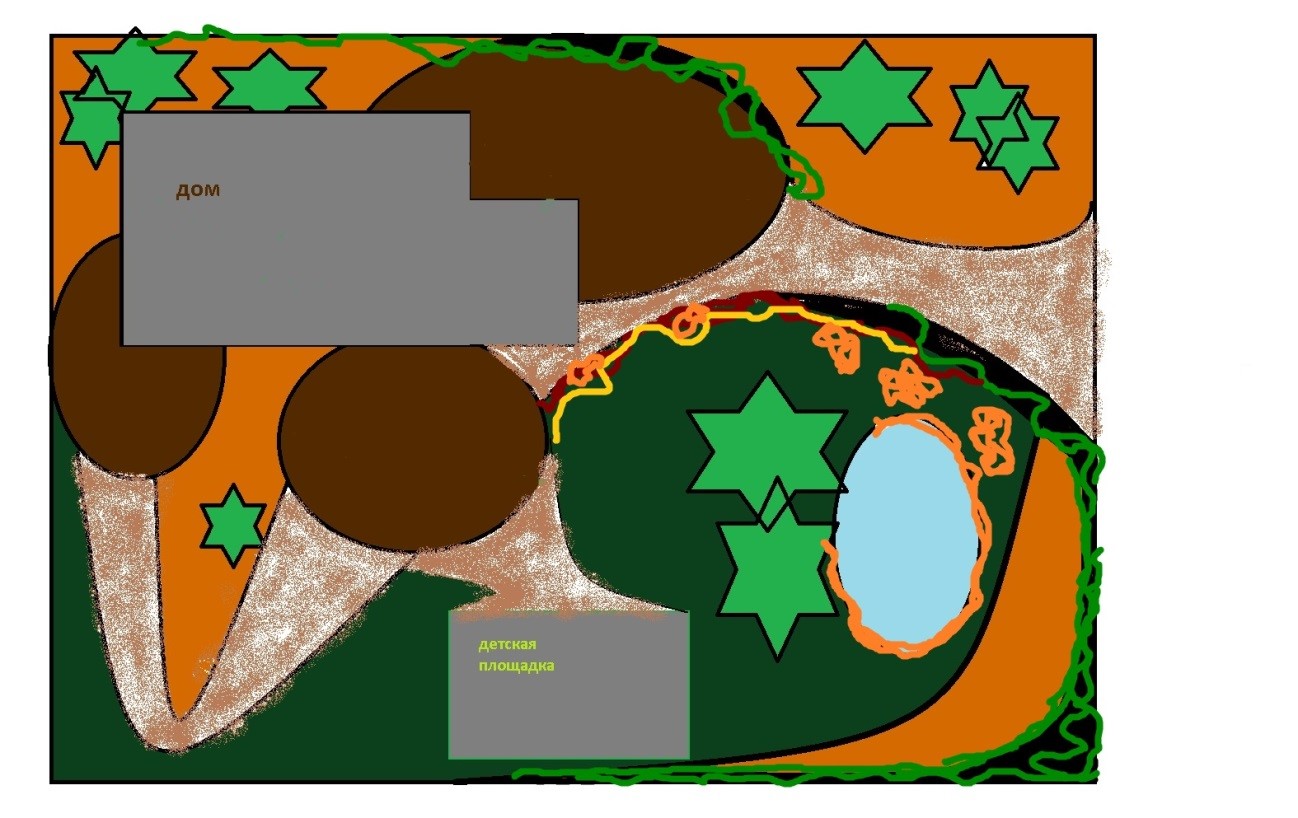Why do you need to group or organize colors? This is done to make it easier for scientists to study colors, and there is also a need for art, medicine, mineralogy, and other fields.
The first example of the systematization of colors is the spectral circle of I. Newton. It connected the spectrum into a circle, and added a magenta color between red and violet for a smooth transition. Since that time (for more than 400 years), this color wheel is recognized by all as the primary foundation and symbol of harmony.
The main condition for the harmony of the depicted circle is the natural arrangement of colors in the order of the natural spectrum. Take at least the white color that you see in the center. When decomposing it, we get all the other spectral colors. Likewise, if you mix all these colors, you get a gray or black color.
T. Jung in the XIX century proved that when focusing red, blue and green at one point through special filters and three lamps, the result will be a white beam.
Primary colors mean: red, blue and yellow. And orange, blue and green colors – composite or secondary. They are obtained by mixing the main ones. Mixed colors – other colors obtained by mixing colors with each other or with achromatic colors. For example, brown, light green, pink, etc.
Again, colors are divided into warm and cold. The first ones include, for example, red, orange, peach, cold ones – blue, purple, turquoise. Green can be made warmer by adding more yellow to it, and vice versa, it will become cold with bluer. In the visual arts there is another group – a group of neutral or natural colors. They are obtained by mixing the opposite colors of the spectral circle. Shades of black, gray and white belong to them. For example, beige, khaki, ocher, brown.
In addition to the spectral range of I. Newton, there are others. But one quality remains unchanged – a sequence of spectral colors.
In the color circles of I. Newton and I. Goethe only spectral colors were systematized. And since each color can vary in lightness and saturation, it became necessary to create such a model that would take into account all color changes in all respects. At the moment, there are a lot of such systems. All of them are built on the same idea – the three-dimensionality of color and the “color body”.
The first to propose such a model was I. Lambert. It was a pyramid that approximately displayed color changes in lightness and saturation. His compatriot F.O. Runge proposed the ball. At its equator, optimally saturated colors of the spectrum were located, to the pole along the meridians – colors that changed in lightness. Black and white were at the poles.
Similar, but more advanced systems were proposed by G. Mansell and V.F. Ostwald. When compiling, they took into account such characteristics of color as saturation, lightness and hue. In the Ostwald system, colors are arranged in a circle divided into 8 main parts, which are divided into three more. The basis was the complementary colors located at opposite ends of the diameters.
In 1915, the Atlas of the Mansell Color System was published. Colors are located in a three-dimensional body. Vertical are: on top – white, bottom – black, and between them nine identical segments. Vertical is a chromatic scale. On the vertical planes of the body, color is given in all its shades. They are located radially. From the vertical axis along the radius are all tones of a given wavelength and of the same lightness – from the palest to the most saturated. Based on this, the color saturation and intensity is determined by its distance from the vertical axis, and lightness – by the horizontal position relative to the vertical axis. The color tone has its place in a circle on a horizontal plane and a certain number corresponds to the color.
Summarize. Systematize or group colors began with the identification of the color spectrum. There are many color systems, but the common thing for all of them is the arrangement of colors in order in the spectrum – from red to purple.








